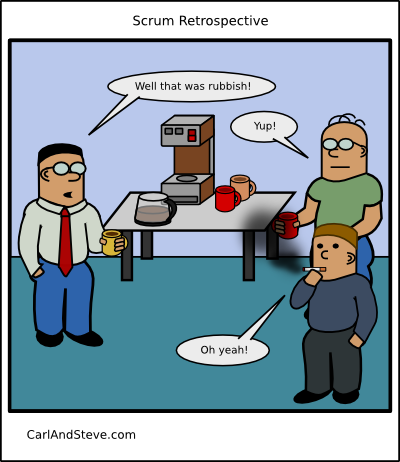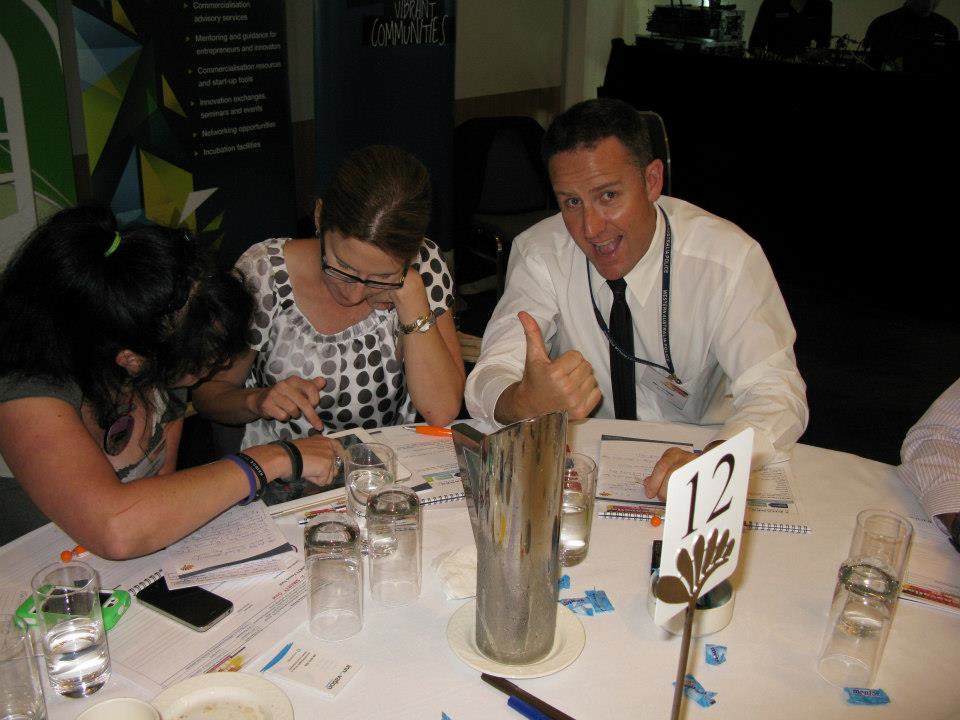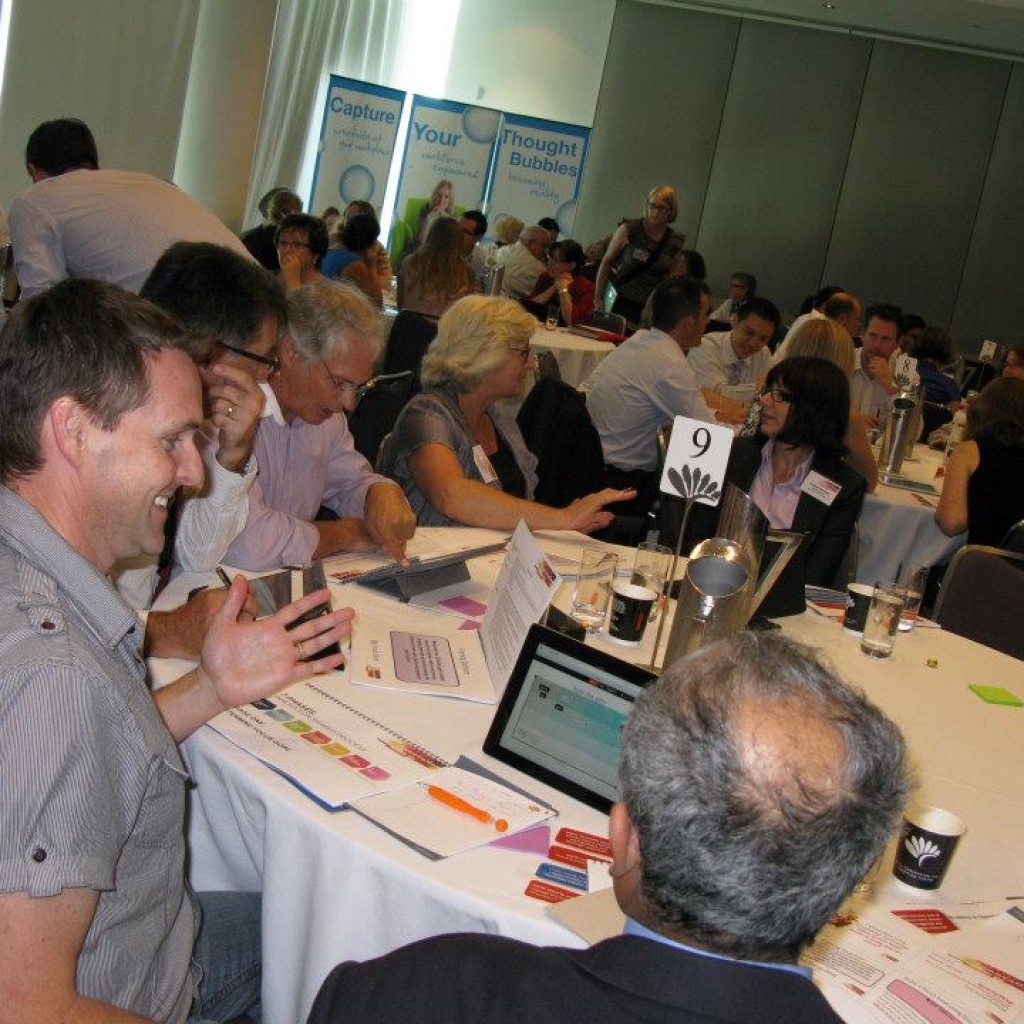When it comes to effective team decision making and group brainstorming, it seems to be hindered by those who shout the loudest that get the most attention, even in the digital space. As an extrovert, my (wrong) approach has always been that introverts are just broken extroverts. They need to learn to speak up, think faster and just learn how to fit in with the way we get our teams to brainstorm and generate ideas.
Susan Cain’s book “Quiet” highlights that Western culture misunderstands and undervalues the traits and capabilities of introverts. While extroverts recharge around other people and process their thoughts out loud introverts generally recharge on their own and process thoughts internally, sharing only when they have reached conclusions. Blend this into the traditional ways team generate ideas, brainstorm and make decisions, means that team decision making is skewed to those who speak the most, the loudest or the last.
This was really evident in one of the companies I led where in our management meetings, we would make decisions and regularly the day after the same team member would come back with an email expressing why they didn’t agree or had a different perspective. It was frustrating not just because they clearly weren’t behind the decision, but because they often had very valuable reasons that would have really helped the decision-making process – had they just given that input the day before when we were making the decision.
From Cain’s perspective, the team member in question was an introvert who processed his thoughts differently to the other members of the team. What we needed to do was find a different way to get his contribution into our brainstorming sessions. As Cain says “There’s zero correlation between being the best talker and having the best ideas.”
“Introverts are not broken extroverts”
Quiet, shy, introverted people are some of the best thinkers we have in our organisations and we need to find ways to help get their input. GroupMap is one of the meeting facilitation tools that helped me with this. The facilitation process can be customised to our needs – but most importantly it gave each individual their own thinking space – which can then be combined to reveal the group perspective in real time. As an online tool – it also means – people can be given time before the group session to add what they are thinking so it can be captured in that quiet place – rather than only by speaking up in a group meeting.
The bite is this. 40% of our workforce is actually considered to be introverts. That is a significant percentage of our team that we must recognize in order to truly get the results we want. For the collaborative leader, the skills needed to bring everyone into the conversation are key. Greater participation and engagement in the decision-making process can be improved by considering the way we capture and share ideas and solutions to problems.




